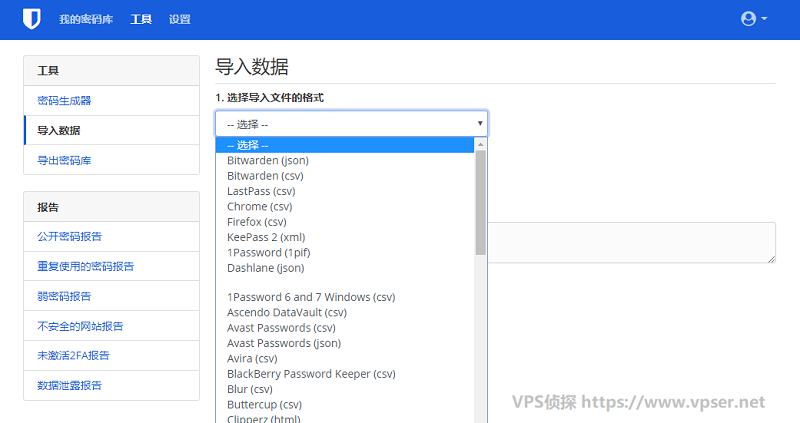
In case the above command fails to start, you might be required to execute it using the root user privileges. Now that everything is provisioned for the Bitwarden Server, we will proceed and run it using the simple code below. Step 3 – Run Bitwarden Self-Hosted Password Manager using Docker In this guide, I will use the bitwarden_rs Docker image written in Rust, this is faster and more reliable and it is entirely open-source with high usage all over. SIGNUPS_ALLOWED: 'true' # set to false to disable signups WEBSOCKET_ENABLED: 'true' # Required to use websockets vim docker-compose.ymlĪdd the contents below in the file. Then open the file for editing using your favorite text editor. This file will be used by docker-compose to orchestrate the docker instance. Now in the folder, we will create a docker-compose.yml file. Now we will create a folder for the Bitwarden server. sudo systemctl start docker & sudo systemctl enable docker Step 2 – Provision the Bitwarden Server Now confirm your installation by checking the docker-compose version installed. sudo mv docker-compose-linux-x86_64 /usr/local/bin/docker-compose curl -s | grep browser_download_url | grep docker-compose-linux-x86_64 | cut -d '"' -f 4 | wget -qi. With Docker installed successfully, proceed and install the latest version of Docker-Compose using cURL as well. $ docker -vĪdd your user account to Docker group: sudo usermod -aG docker $USER How to Install Docker CE on Linux SystemsĬheck the installed docker version.Install the latest version of Docker on your Linux system using the guide on: In this guide, you need docker and docker-compose installed on your machine. Sudo dnf -y install curl vim Step 1 – Install Docker and Docker-Compose Getting Startedīefore we begin this guide, ensure that your system is updated and the required packages installed. Cross-platform client applications with desktop applications, web interface, browser extensions, mobile applications as well as CLI.



 0 kommentar(er)
0 kommentar(er)
